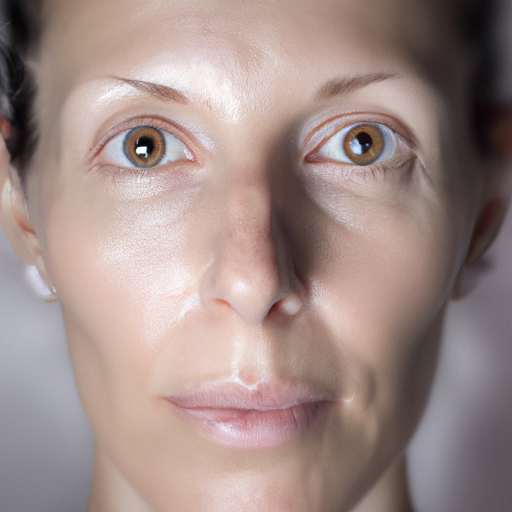As a dermatologist, I have encountered countless patients who struggle with hyperpigmentation. This skin condition, characterized by dark patches on the skin, can be a source of distress for many individuals. It can occur on any part of the body and is often caused by an excess production of melanin, the pigment responsible for skin color. While hyperpigmentation is generally harmless, it can impact a person’s self-esteem and overall quality of life. Fortunately, there are several effective treatments available today that can help manage this condition.
Firstly, topical creams are one of the most common treatments for hyperpigmentation. These creams contain active ingredients such as hydroquinone, kojic acid, azelaic acid, and retinoids, which work by inhibiting the production of melanin. Hydroquinone is considered the gold standard in treating hyperpigmentation due to its proven efficacy. However, it must be used under the supervision of a dermatologist as it can cause skin irritation and should not be used for extended periods.
Retinoids, derived from vitamin A, are another effective treatment option. They not only lighten hyperpigmentation but also stimulate collagen production, improving the overall texture and appearance of the skin. However, retinoids can make your skin more sensitive to sunlight, so it’s crucial to use a broad-spectrum sunscreen during the day.
Another promising treatment for hyperpigmentation is chemical peels. These peels contain acids like glycolic acid, lactic acid, or trichloroacetic acid that exfoliate the top layer of the skin, promoting new skin growth and reducing the appearance of dark spots. Chemical peels should always be performed by a trained professional to avoid complications like scarring or further pigmentation.
Laser therapy is another effective treatment for hyperpigmentation. This procedure uses focused light energy to target and break down the excess melanin in the skin. The body then naturally eliminates these pigment particles, leading to a reduction in the appearance of dark spots. While laser therapy can provide dramatic results, it’s important to note that multiple sessions may be needed for optimal results.
Microneedling, a procedure that involves creating tiny punctures in the skin using fine needles, has also shown promise in treating hyperpigmentation. When combined with topical treatments, microneedling can enhance the absorption of these products, making them more effective.
While these treatments can significantly reduce hyperpigmentation, it’s important to remember that prevention is always better than cure. Sun exposure is a major trigger for hyperpigmentation, so wearing a broad-spectrum sunscreen with an SPF of at least 30 every day is crucial. Additionally, incorporating antioxidant-rich skincare products into your routine can help protect your skin from environmental damage that can lead to hyperpigmentation.
In conclusion, while hyperpigmentation can be challenging to deal with, there are several effective treatments available today. It’s important to consult with a dermatologist who can recommend the best treatment plan based on your skin type and the severity of your condition. With the right treatment and consistent sun protection, you can significantly reduce hyperpigmentation and achieve a more even skin tone.
Remember, everyone’s skin is unique and what works for one person may not work for another. Patience and consistency are key when it comes to treating hyperpigmentation. It may take some time to see results, but with the right approach, you can effectively manage this condition and regain your confidence.



